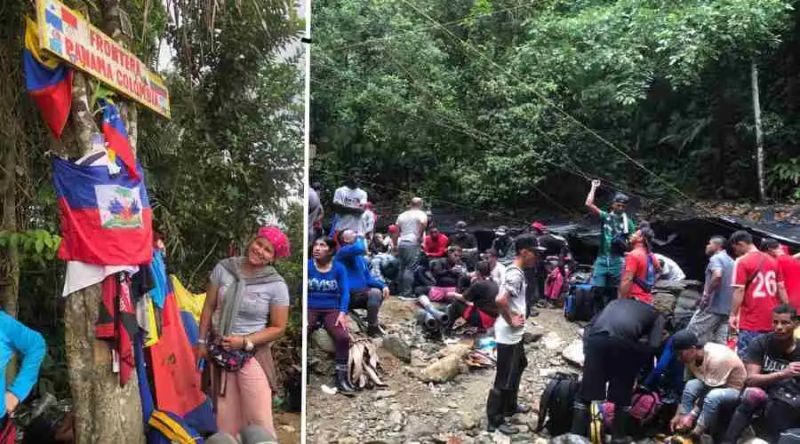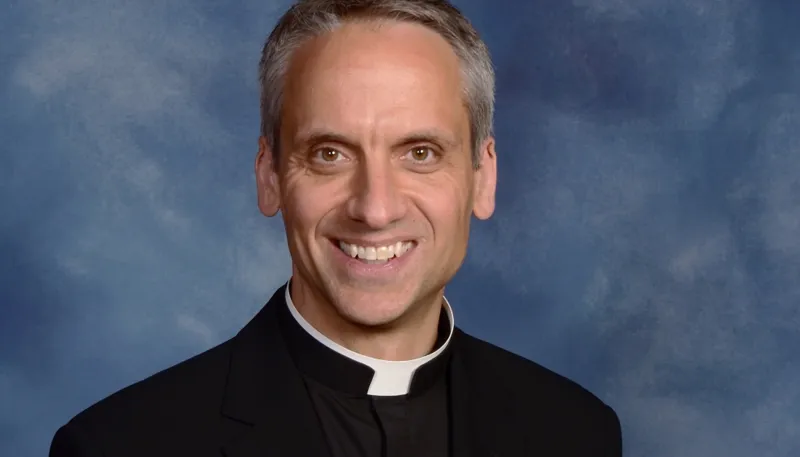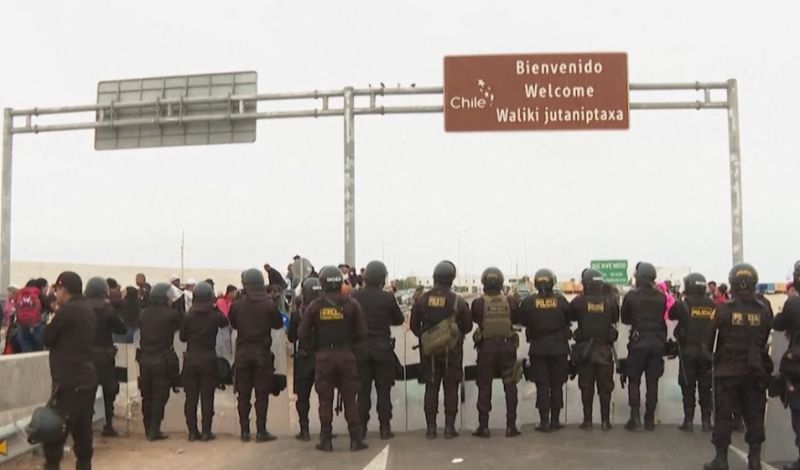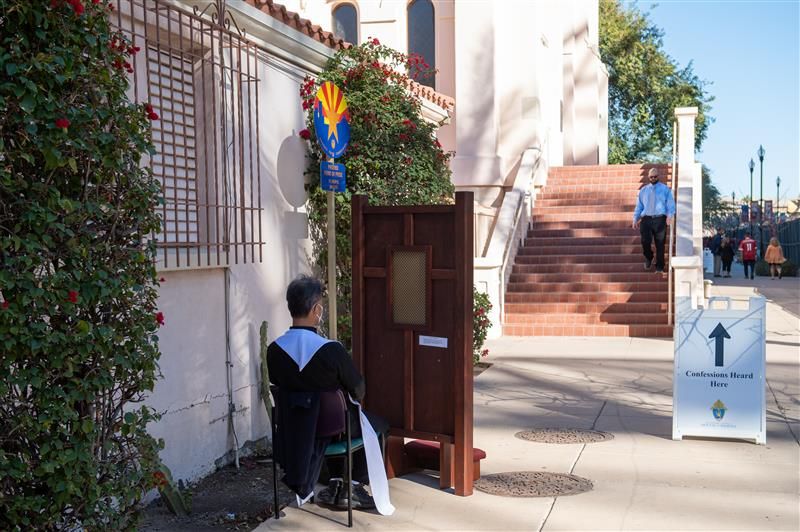Venezuelan migrant thanks God, recounts journey through dangerous jungle to U.S.

 Daisy Sandoval in the Darién Gap. / Credit: Courtesy of Daisy Sandoval
Daisy Sandoval in the Darién Gap. / Credit: Courtesy of Daisy Sandoval ACI Prensa Staff, Apr 29, 2023 / 10:00 am (CNA).
Daisy Sandoval is a 25-year-old single mother who left Venezuela in February in search of the “American dream.” Trusting in God and accompanied by a group of her friends, she left her country and her loved ones.
Speaking with ACI Prensa, CNA’s Spanish-language news partner, Sandoval said that to leave Venezuela they had to “cross the sea by boat; it was an hour and a half trip,” until they reached the town of Necoclí in Colombia.
From there, “close to 1,000 migrants left to enter the Darién jungle,” she recounted.
“This jungle separates Colombia from Panama. It’s the most dangerous step in Latin America to reach the United States. The second-most dangerous is Nicaragua,” she explained.
“There are many gorges, there is tremendous heat and humidity. I noticed that there were many migrants, not only Latin Americans” but also people who came from India as well as from Arab countries and from the African continent.
The region known as the Darien Gap is a jungle and swampy area of some 6,500 square miles. It is located partially in Panama and Colombia and crossing the region is extremely difficult. It is the only area where there is a break in the Pan-American Highway, which runs most of the length of North and South America from Alaska to Argentina.
The Darien Gap is considered one of the most dangerous migration routes in the world, and it can take up to 10 days to cross it. According to the Panamanian authorities, from January through March of this year more than 87,000 people crossed this region.
In 2022, more than 248,000 undocumented migrants entered Panama and crossed the Darien Gap.
Walking with God
“When you leave the house, you leave everything to God so that things will turn out well for you. If you did things without God, nothing would be perfect. On the other hand, being with God everything goes perfectly according to his plans … Look, this is your way, go through here, do this. Everything is easier walking with the hand of God,” she said.
Sandoval shared that her trip cost her “about $ 2,500.” Raising that money living in Venezuela, she assured, is “impossible,” so years before heading to the U.S. she had to work in Chile, “and then I returned to Venezuela to leave again.”
According to the United Nations High Commissioner for Refugees (UNHCR), “more than 7 million people have left Venezuela seeking protection and a better life” and more than 1 million Venezuelans have requested asylum in different parts of the world, while another 211,000 are recognized as refugees.
“In Panama we arrived at a U.N. office, where they gave us food and transportation. I was afraid to go through Nicaragua, because in addition to the war there is a lot of surveillance and a lot of human trafficking,” Sandoval said.
“When we arrived in Mexico over the Guatemalan border, we came in through Chiapas state,” related the young migrant, who entered Mexico with nine other people. They then made the decision to go by bus to Mexico City, more than 500 miles away.
They were told that they could buy the tickets over the phone and just make a bank transfer by going to any self-service store. They made the payment of 40,000 pesos (about $ 2,000) for the 10 people ($ 200 each) but when they went looking for the bus there wasn’t one — they had been scammed.
They took another bus, but shortly after starting the trip “the police stopped us and put us in jail for being undocumented,” lamented the Venezuelan migrant, and after spending two days in prison they managed to get out and finally arrived in Mexico City.
“After being here a week, with a lot of fear and with friends, we went to the Guadalupe Basilica. One of my great dreams came true: to be able to visit the Morenita del Tepeyac [Our Lady of Guadalupe],” she shared.
Achieving the ‘American dream’
“After three weeks in Mexico, thank God I was able to get a special permit to enter the United States. It’s not a humanitarian permit. Then they will let me request asylum,” she said.
“Finally, I achieved ‘my American dream’ on April 16 of this year. I entered at Ciudad Juárez [across the Rio Grande from El Paso, Texas] with a little fear, but always entrusting myself to God and Most Holy Mary of Guadalupe,” Sandoval said.
The young migrant encouraged others like her and anyone facing a difficult situation to repeat a saying from St. Josemaría Escrivá de Balaguer, founder of Opus Dei, who she said always accompanied her: “Remember this and never forget it: Even if it should seem at times that everything is collapsing, nothing is collapsing at all, because God doesn’t lose battles.”
This story was first published by ACI Prensa, CNA’s Spanish-language news partner. It has been translated and adapted by CNA.





